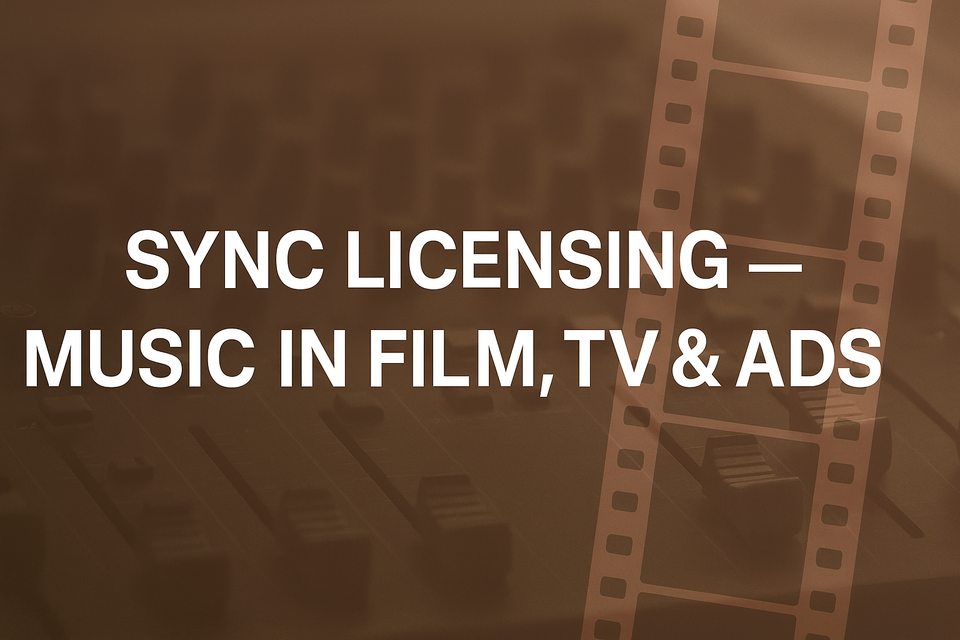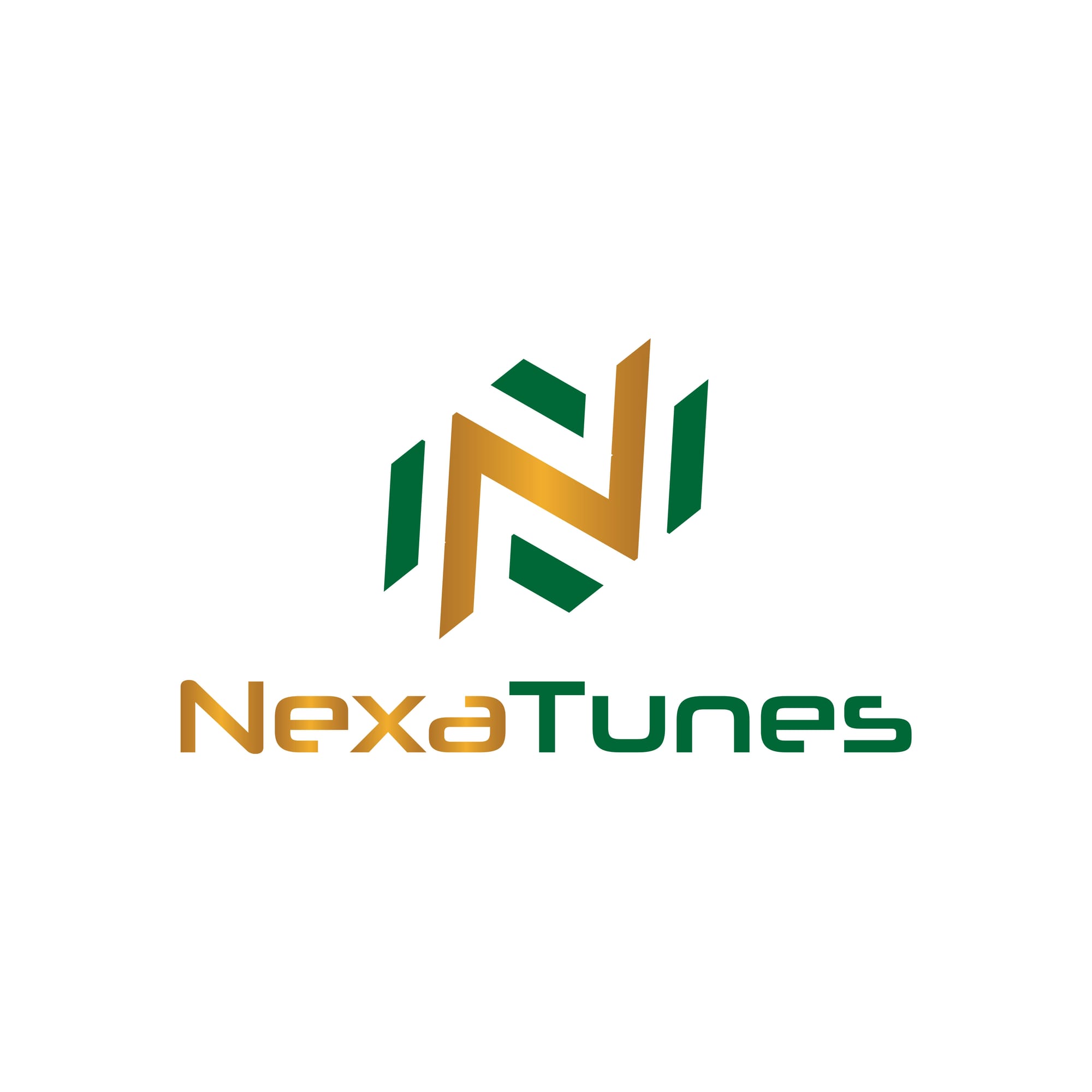Sync Licensing FAQ — Clear Answers for Artists & Labels (USA & Germany/Europe)

Table of Contents
- 1. What is a sync license — and whose rights are involved?
- 2. Who is a Music Supervisor — and what do they do?
- 3. Who is a Music Publisher — and what do they do?
- 4. How does sync licensing differ in the USA vs Germany/Europe?
- 5. How much can sync placements pay?
- 6. How do I pitch effectively?
- 7. Common artist questions — quick answers
- 8. Platforms to submit your music for sync
- Conclusion
1. What is a sync license — and whose rights are involved?
A sync license allows your song (both master recording and composition) to be used in visual media — films, ads, trailers, TV, or games. Both rights must be cleared.
Parties involved include the artist, co-writers, publisher, label, music supervisors, and sometimes sync agents.
(trackclub.com)
2. Who is a Music Supervisor — and what do they do?
A Music Supervisor curates and licenses music for visual media. They:
- Spot where music fits in a project
- Negotiate sync and master licensing deals
- Manage budgets and clear all rights
- Provide cue sheets for royalties
They are the creative-legal bridge — your music needs to be clearly ready (preferably “pre-cleared”) to get their attention.
(trqk.io, masterclass.com)
3. Who is a Music Publisher — and what do they do?
A Music Publisher manages the composition rights. They:
- Register songs and composers
- License composition usage: sync, performance, mechanical
- Collect royalties (via PROs)
- Often take a percentage share of income (e.g., 20–30%)
They safeguard songwriting rights and income, while Music Supervisors handle creative selection and licensing in projects.
(syncrmusic.com, soundcharts.com)
4. How does sync licensing differ in the USA vs Germany/Europe?
USA
- Sync licenses often cover the composition only; master rights are negotiated separately.
- Deals are typically one-off and handled via publishers, labels, or sync agents.
(benjamingroff.com)
Germany/Europe
- GEMA manages composition rights; GVL manages performer/master rights.
- Rights are transferable for usage but remain with the author (“übertragbar, aber unveräußerlich”).
(feiyr.com)
5. How much can sync placements pay?
Payouts vary widely:
- Small indie placements: a few hundred USD
- TV shows: $500 – $20,000
- Trailers: $10,000 – $80,000
- Ads: $20,000 – $500,000+
- Video games: $2,000 – $10,000
Big campaigns can reach six figures; indie projects may only offer symbolic fees but provide exposure and PRO royalties.
(aristake.com)
6. How do I pitch effectively?
- Keep emails short and professional
- Subject line: descriptive (“Cinematic track for trailers”)
- Send 2–3 tracks via a single streaming/download link (no attachments)
- Include metadata: mood, BPM, one-stop status, availability of instrumentals
- Follow up politely after 1–2 weeks if no reply
Supervisors prefer “one-stop” tracks (where one party controls both master and publishing).
(medium.com)
7. Common artist questions — quick answers
-
Is sync realistic for indie artists?
Yes — if your rights are clear, your music is professional, and you’re persistent. -
Supervisor vs Publisher — who does what?
Supervisor selects & licenses music for projects; Publisher manages composition rights & royalties. -
Do I need GEMA or a PRO?
Yes. In Germany, GEMA (composition) and GVL (performance) are essential for royalty collection.
In the US, ASCAP/BMI/SESAC handle performance royalties. -
What are realistic sync fees?
From a few hundred to six figures, depending on project and usage. -
How do I start?
Register works with a PRO, prepare metadata + instrumentals, and pitch via agents/libraries or direct to supervisors.
8. Platforms to submit your music for sync
Here are established platforms where you can submit your tracks to be discovered:
- Music Gateway — Sync opportunities, direct pitches, revenue share 50–80%.
- Songtradr — Global marketplace; set your own sync fees.
- Syncr — Submit quickly to active briefs.
- Jamendo Licensing — European platform, 65% share to artists.
- Broadjam — Offers sync submissions, contests, and feedback.
- APM Music — Large production music library (used in TV/film).
These platforms connect you with supervisors, agents, and brands actively searching for music.
(trqk.io, releaseloop.com)
Conclusion
Sync licensing can be a powerful revenue and exposure opportunity if you prepare your catalog properly.
- Know the difference between Supervisors and Publishers
- Understand the US vs Germany/Europe systems
- Set realistic expectations on fees
- Pitch professionally with one-stop ready tracks
- Use reputable platforms to get your music in front of decision-makers
With the right preparation, your songs have a real chance of finding their way into film, TV, ads, or games worldwide.
NexaTunes – structured support for independent releases.
Get in touch for more information using our livechat
